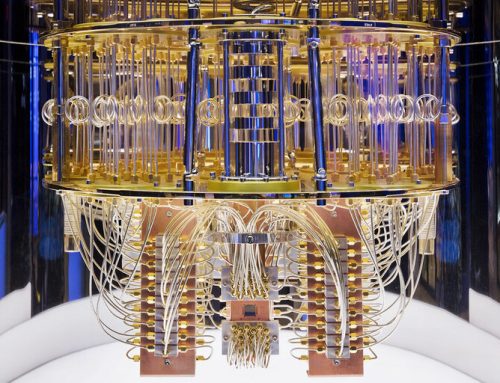
Artificial Intelligence is a technology by which machines are trained to perform specific tasks or solve logical problems. To achieve this specific hardware and programming languages are used. As of now, we have seen many AI (Artificial Intelligence) related tools in the technological development era. AI is also present in smartphones like Apple Siri. Nowadays AI is in the development stage but once it is developed, it is going to nuke the world in good as well as in bad terms. Let’s find out, from where it started, how it is going, and where to go.
History of Artificial Intelligence:
Artificial Intelligence is a set of multiple disciplines like the set of science, theories, and techniques (including mathematics, economics, statics, computational neurobiology, etc.) that aims to imitate cognitive abilities (day-to-day tasks like thinking, learning, reading, remembering, speaking, etc.) of humans. It mainly started developing in the breath of Second World War (1 Sept 1939 – 2 Sept 1945). The period between 1940 and 1960 was strongly marked by the development of automated machines, from here the desire came to understand how to improve the functioning of machines and human beings. At the beginning of 1950, John Von Neumann and Alan Turing did not create the term AI (Artificial Intelligence) but were the originators of this technology: they made the transition from computers to 19th-century decimal logic and machine to binary logic. These two researchers thus formalized the architecture of our modern computer that can be programmed.

Artificial Intelligence Working
How does Artificial Intelligence work?
As we have already discussed Artificial Intelligence requires a foundation of specialized hardware and software for writing and training machines using several machine learning algorithms. No single programming language is dedicated to Artificial Intelligence, but Python, R, Java, C++, and Julia have features to develop Artificial Intelligence in machines.
An Artificial Intelligence system works by using a huge amount of labeled training data, analyzing the data for correlations, and using these correlations to make predictions with the least error. For example, a chatbot is also an AI trained by text to answer. Nowadays, Generative AI techniques can create realistic text, images, music, and other media.
Programming responsible for building an Artificial Intelligence mainly focuses on below cognitive skills:
Learning: This is a primary aspect of building Artificial Intelligence. This aspect acquires data and creates rules for how to turn it into actionable information. The set rules, also known as Algorithms, provide step-by-step instructions to computing devices to complete a specific task.
Auto-correct: This cognitive skill of Artificial Intelligence is designed to continually fine-tune algorithms and ensure they provide the most accurate results.
Reasoning: In this aspect of cognitive skill AI programming focuses on choosing the right algorithm to reach a desired outcome.
Creativity: This aspect of AI uses neural networks, rules-based systems, and other tons of AI techniques to generate new ideas, media objects, etc. This is the most important part of programming an Artificial Intelligence machine.
What is good in Artificial Intelligence?
AI technologies are quickly evolving, primarily because AI can process large amounts of data much faster and make predictions more accurately than a human. As of now, Artificial Intelligence has proven to be a good diagnostic instrument for early detection of severe diseases like breast cancer and melanoma.
For bulk data processing, Artificial intelligence is becoming an edge technology in different sectors such as Banking, Pharmaceuticals, and Insurance companies. Many financial services are using Artificial Intelligence tools to process financial transactions fast and securely and prevent fraud.
Artificial Intelligence tools are being used in automation industries to reduce manpower and increase productivity For example, in Automobile sectors AI based automated robots are being used to assemble vehicles.
The Artificial Intelligence based tools deliver high levels of consistency, offering even small businesses the ability to reach and communicate customers in their native language. Also, it can personalize any product as per customer requirements efficiently.
AI-powered virtual agents are always available, which reduces the load of human beings. AI programs do not need to sleep, eat, or leave. They can provide 24/7 uninterrupted services.
And what is bad in Artificial Intelligence?
The following are some demerits of Artificial Intelligence:
- The development of Artificial Intelligence is a very expensive process. It needs sophisticated hardware, efficient programming data, and most important time to get trained.
- To develop a fully efficient Artificial Intelligence system it needs deep technical expertise.
- There is a limited supply of qualified workers to build AI tools.
- Artificial Intelligence system reflects biases of its training data, at scale.
- It is eliminating human jobs, and increasing the unemployment rate.
Thanks for reading. See you soon with another exploration!





